Our team was thrilled to participate in the 4th African Conference on Emergency Medicine this…
Emergency Care Comes To Masaka
By: Rashidah Nambaziira, GECC Program Coordinator – Masaka
“I am incredibly thankful. Not only because I have GECC trained providers in my area to save lives and manage other emergencies, but also because I am part of the organization that’s working hard to make it happen.”
Every once in a while something happens that reminds me of why the work GECC is doing is invaluable, and worth the effort we all put in. GECC has been training nurses to deliver emergency care since 2008 in Nyakibale, Rukungiri, and has recently started a similar program in Masaka. Masaka Hospital presents a whole new set of challenges because it’s a public hospital: there are more patients who are sicker, and the resources are limited to what the government provides as part of free health care to the public.
Four of GECC’s qualified Emergency Care Practitioners (ECPs) have been training the nurses that work in the Emergency Department (ED) at Masaka Hospital for the past 6 months. In this short time, the progress is very evident in both the patient outcomes and the changes in ED patient management. It’s even more evident in the stories the ECPs, the GECC research team, and the ED nurses tell about the impact of the training on management of individual patients. This story is an example of that impact.
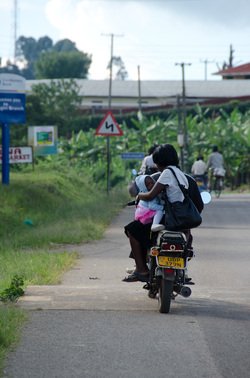 While working in my office, which is in the same building as the ED, I heard a loud cry from the ED; this is not unusual since we get a lot of patients screaming from pain. I went in anyway, because the crying seemed to increase with more people joining in. It was an older woman screaming in pain with a large laceration on her scalp, a bleeding cut above her right eye, and bleeding from the mouth with fractured teeth; she was covered in blood! She had been brought in by her 40-year-old son and her 37-year-old daughter, who explained between cries that her name was Joyce and she had been knocked down by a bodaboda (motorcycle taxi) on her way from visiting a friend across the street a few minutes ago.
While working in my office, which is in the same building as the ED, I heard a loud cry from the ED; this is not unusual since we get a lot of patients screaming from pain. I went in anyway, because the crying seemed to increase with more people joining in. It was an older woman screaming in pain with a large laceration on her scalp, a bleeding cut above her right eye, and bleeding from the mouth with fractured teeth; she was covered in blood! She had been brought in by her 40-year-old son and her 37-year-old daughter, who explained between cries that her name was Joyce and she had been knocked down by a bodaboda (motorcycle taxi) on her way from visiting a friend across the street a few minutes ago.
Alfunsi, our qualified ECP, triaged the patient as needing immediate care above all the other patients waiting in the ED. He asked for the nurse on duty, who also happened to be a student of the GECC Emergency Course, to get vitals on the patient, as he started assessing the ABCs and other trauma survey.
The patient was in shock from losing so much blood. Her vitals were barely recordable and her O2 saturation was 80%. Harriet, the student, quickly ran to connect oxygen, but the tank was empty! This is not unusual in a public hospital, so as usual, she had to run to other wards to try and borrow an oxygen concentrator. In the meantime, Alfunsi tried a jaw thrust and later an airway piece to try and clear the airway, which worked for a while as we waited for Harriet to get oxygen and allow Alfunsi to stop the bleeding on the head from causing more blood loss. Teddy, another ECP joined in to replace Harriet. She started two IV lines for fluid resuscitation, and sent some blood to the lab to get blood for the patient. Thankfully, Harriet managed to track down a driver to help borrow an oxygen concentrator from a private ward; oxygen was connected, the vitals were not great but good, and a patient monitor was connected to keep the vitals in check. Teddy got blood from the lab, connected it, ran more IV fluids, and then returned to other sick patients in the department. The patient was stable, and Alfunsi was suturing and cleaning the other multiple wounds.
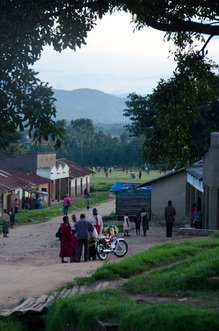 A few minutes later, the patient’s condition deteriorated, the vitals went haywire, she started gasping for air, aspirated, and stopped breathing. At this point, the daughter thought her mother had breathed her last, so she broke down, started screaming and calling the relatives in the waiting area, who all rushed into the procedure room to come say bye to their mother. With the limited number of staff, and other patients in the ED, I had to join the team. I ran to get the suction machine for Harriet to start suction, then I talked to the relatives to calm down and wait outside and that the team was doing their best to try and save their mother. Alfunsi and Harriet bagged the patient and then started CPR. The patient was brought back, and within a short time, she was stable, blood and fluids running, antibiotics started, wounds cleaned and dressed, and the patient was ready to go to the ward for further monitoring that evening.
A few minutes later, the patient’s condition deteriorated, the vitals went haywire, she started gasping for air, aspirated, and stopped breathing. At this point, the daughter thought her mother had breathed her last, so she broke down, started screaming and calling the relatives in the waiting area, who all rushed into the procedure room to come say bye to their mother. With the limited number of staff, and other patients in the ED, I had to join the team. I ran to get the suction machine for Harriet to start suction, then I talked to the relatives to calm down and wait outside and that the team was doing their best to try and save their mother. Alfunsi and Harriet bagged the patient and then started CPR. The patient was brought back, and within a short time, she was stable, blood and fluids running, antibiotics started, wounds cleaned and dressed, and the patient was ready to go to the ward for further monitoring that evening.Everyone in the ED that day, including the relatives could not believe that the woman survived. They all were amazed at the efficiency, skill, and dedication of the team that worked to save the patient. I kept thinking about what would have happened if we didn’t have 1) trained ECPs with the skill to assess and manage trauma (suture, clear the airway as we waited for O2, and to do CPR); 2) the equipment to check and monitor vitals to recognize shock and an O2 saturation of 80; and 3) a well-trained team of people that understand triage, jump in when priority of one patient arises, but also keep the management of other patients in the ED going regardless of staff shortage.
Thankfully, for this patient, all these were available, because of the Emergency Course that GECC started at Masaka Hospital. Without intervention of a hospital doctor, ECPs and their student managed this case, and have managed numerous similar cases since their arrival at Masaka six months ago. If we had come this far in three months, I can only imagine the level of Emergency Care after years of this training. While I talked to Joyce’s son on the phone yesterday, and as he told me how she is doing at home, and how grateful they are for effort our team put in, I am incredibly thankful; not only because I have GECC trained providers in my area to save lives like Joyce’s and manage other emergencies, but also because I am part of the organization that’s working hard to make it happen.
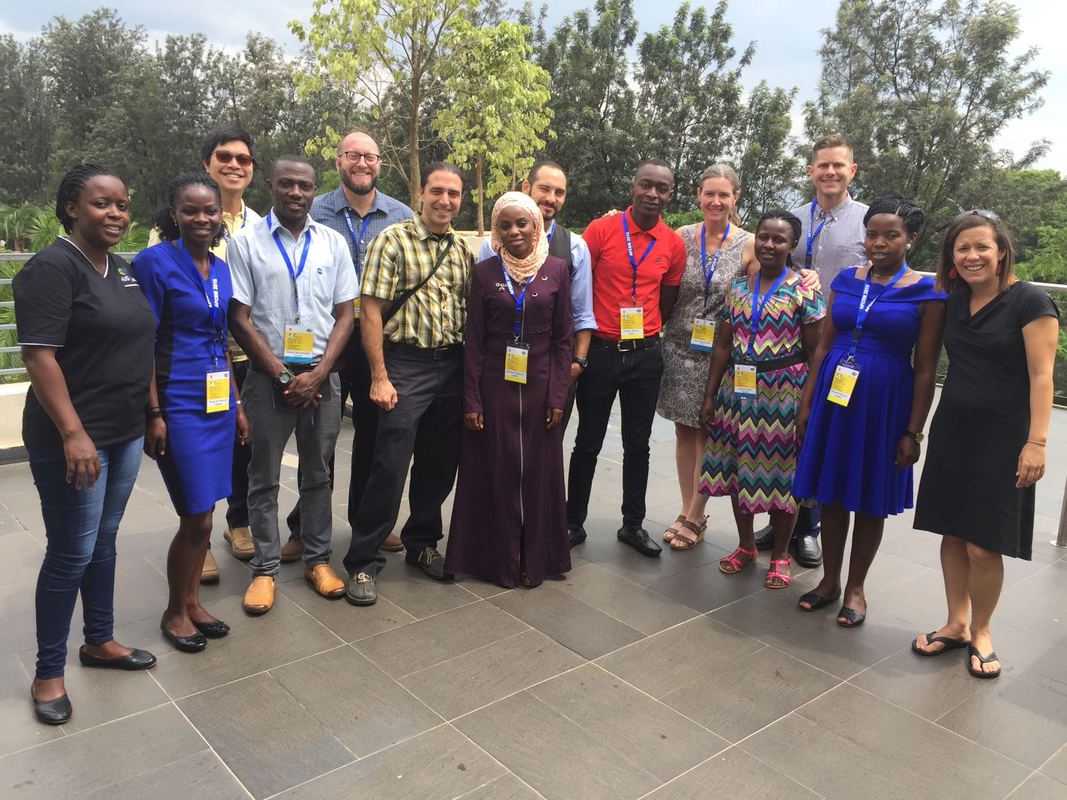
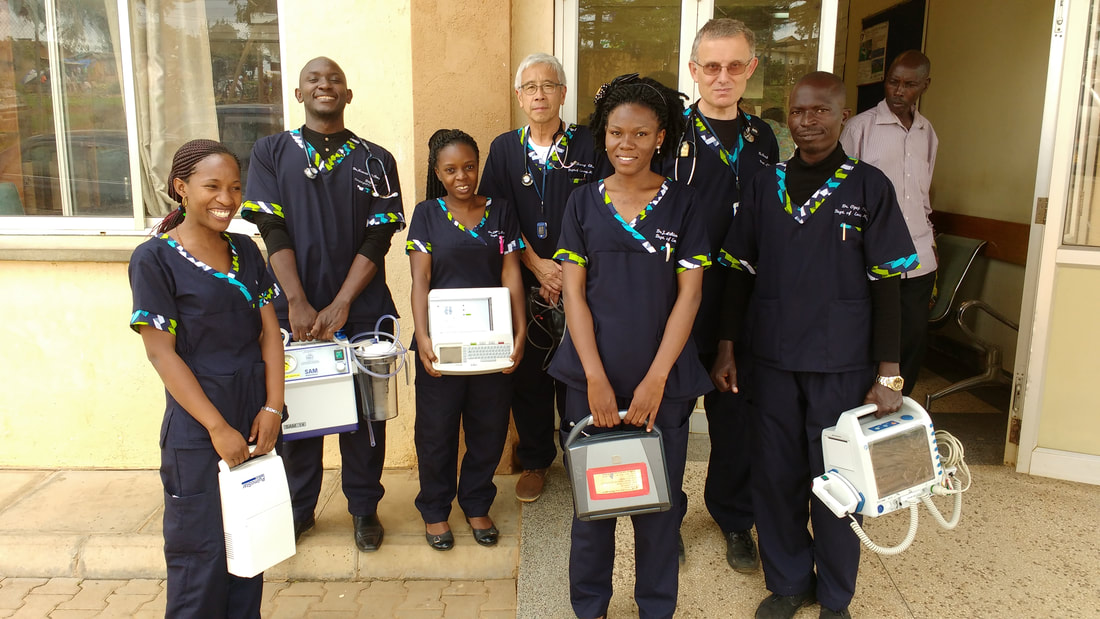
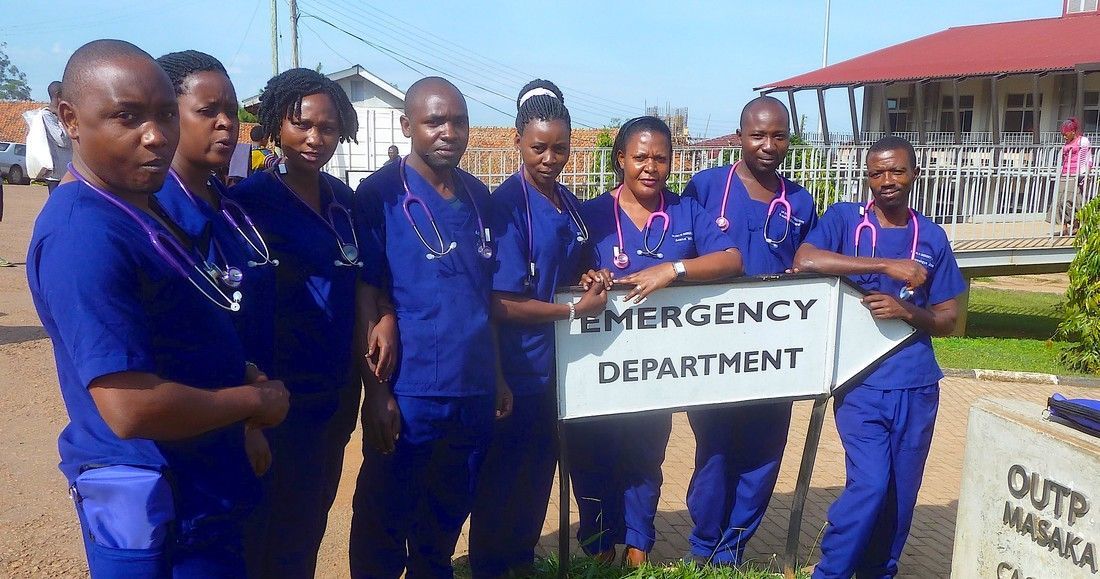
This Post Has 0 Comments